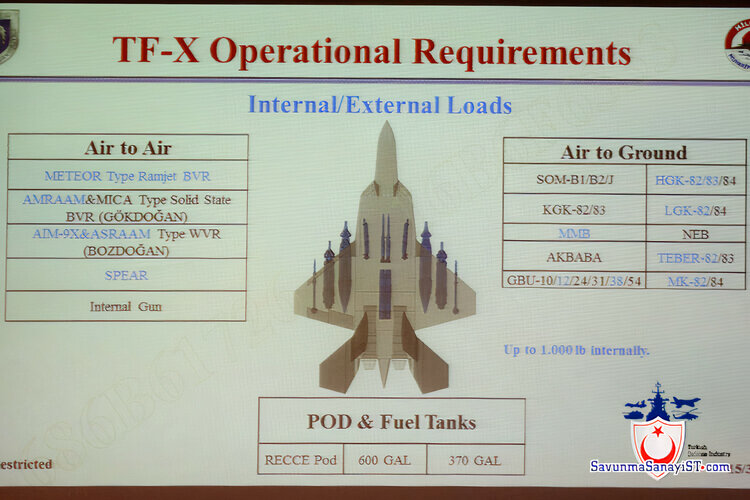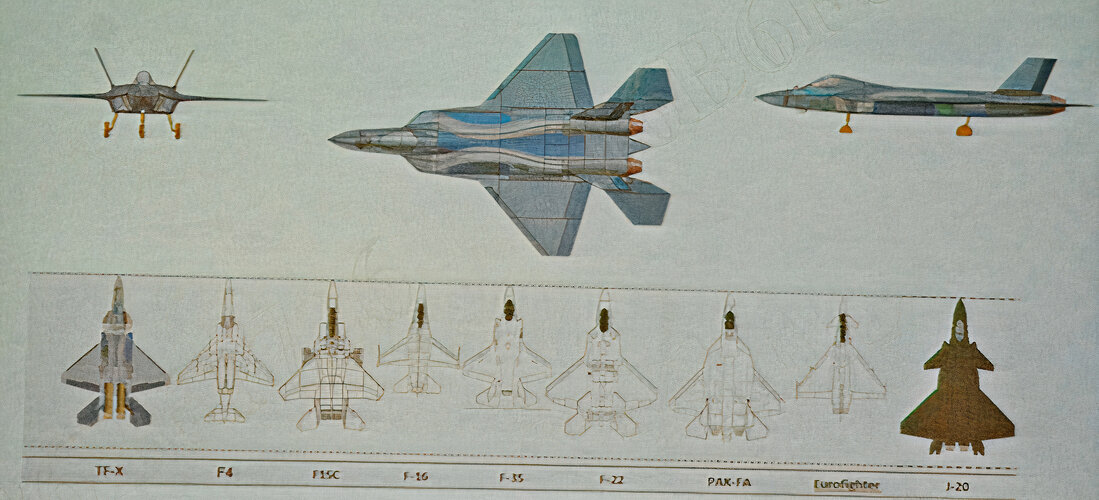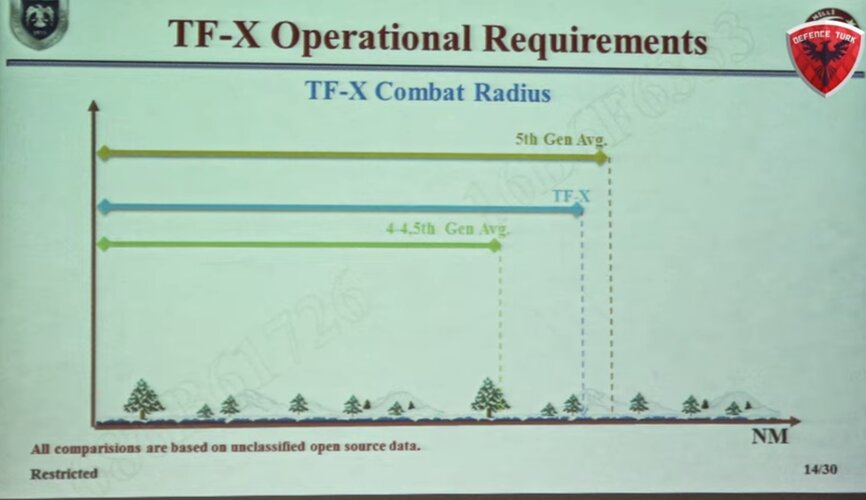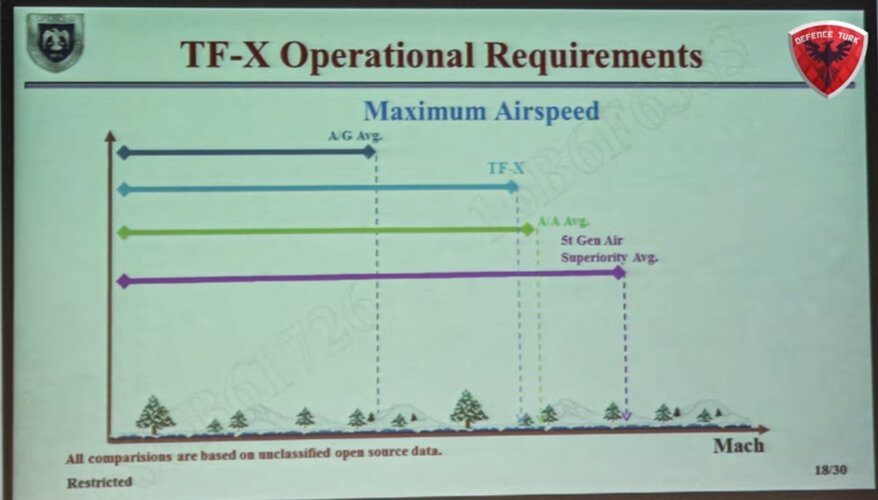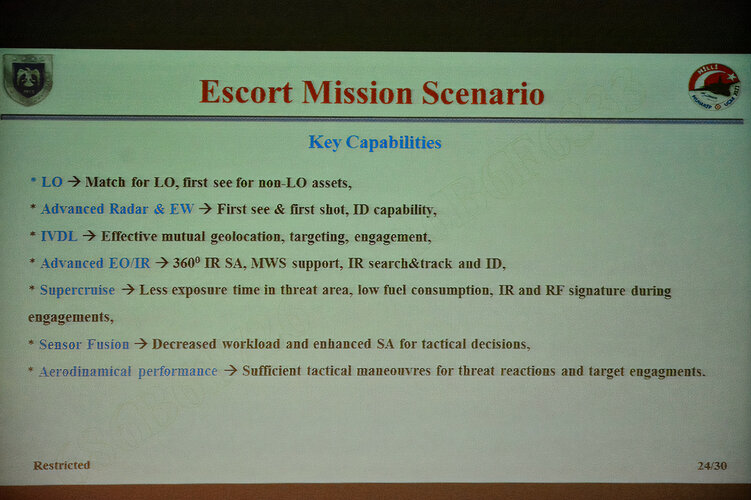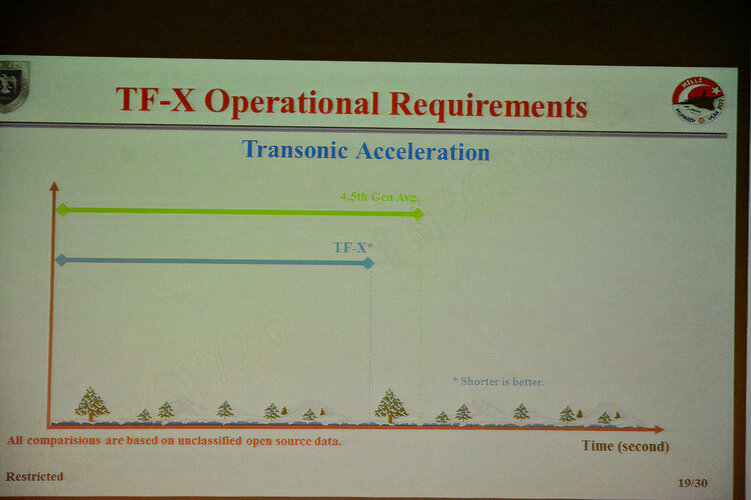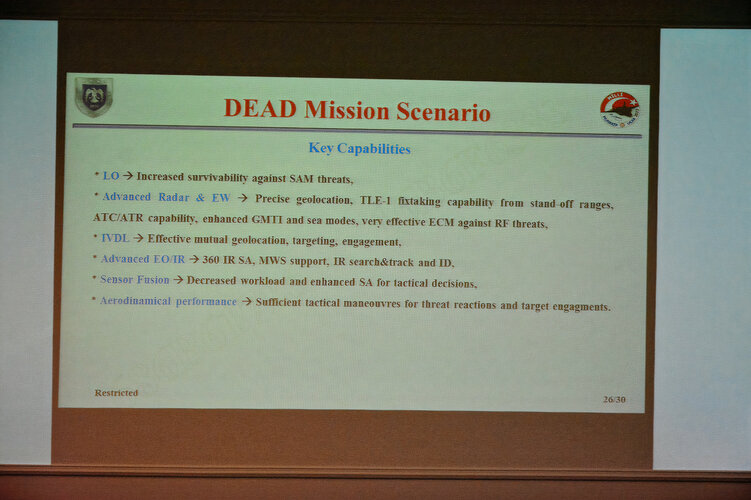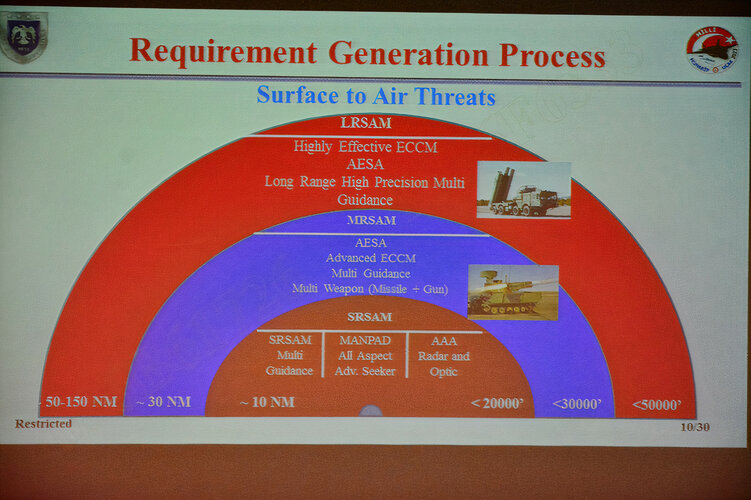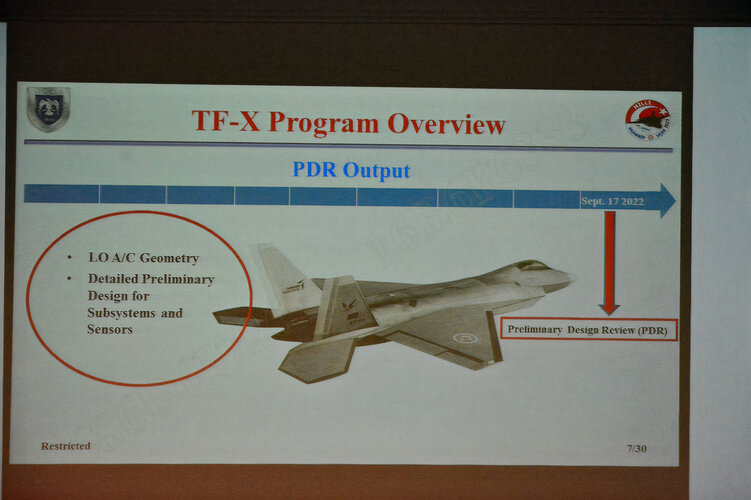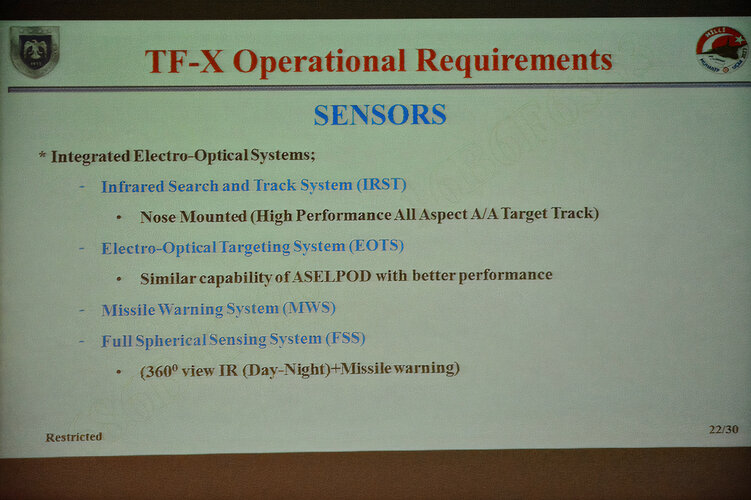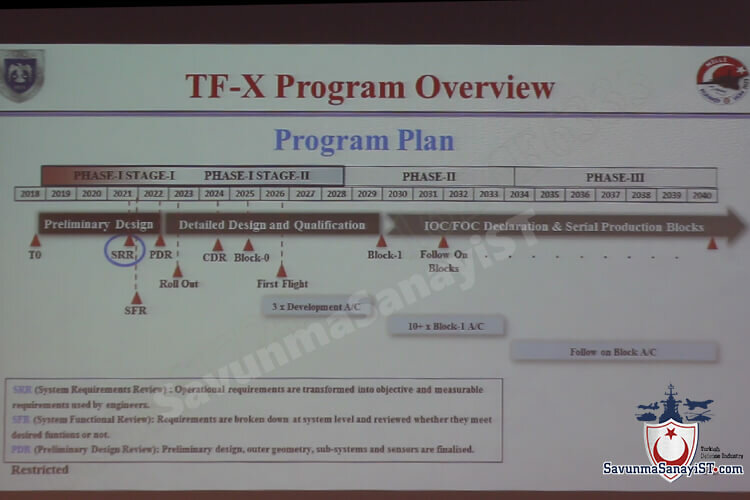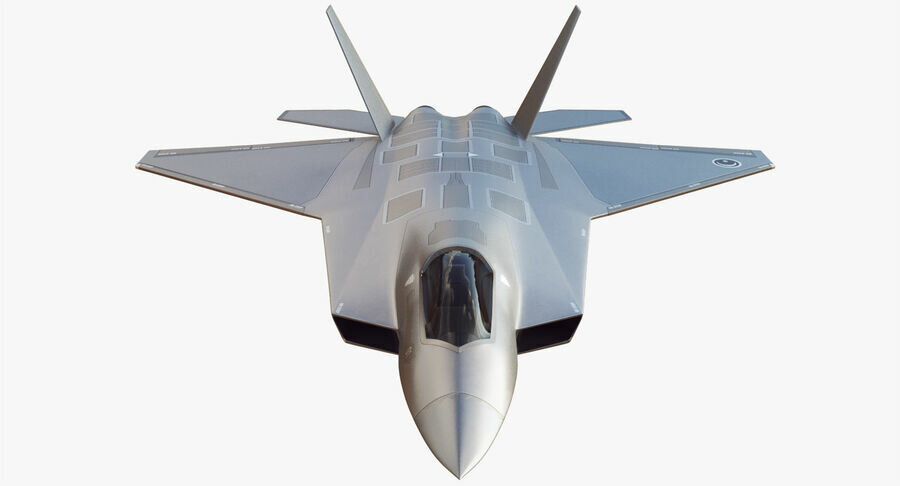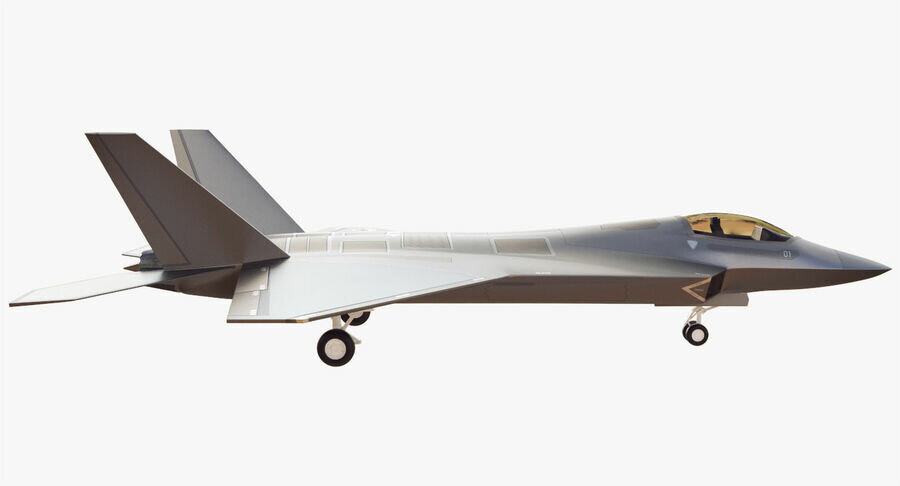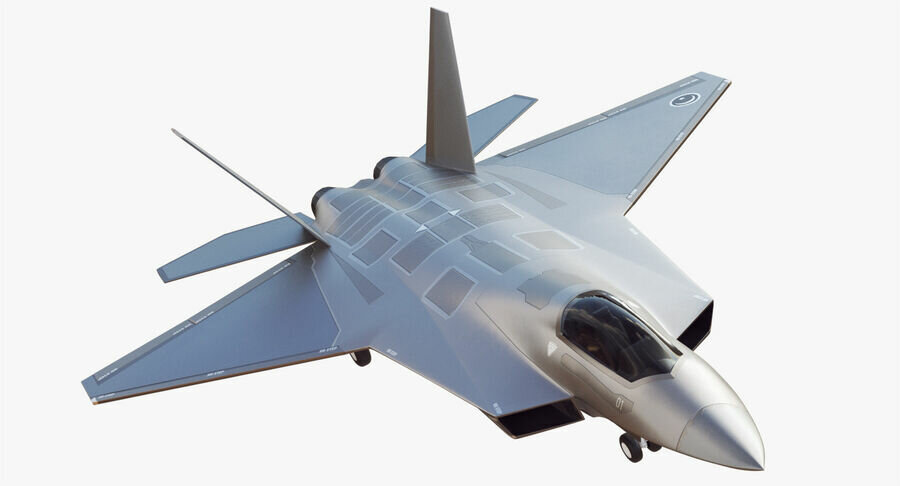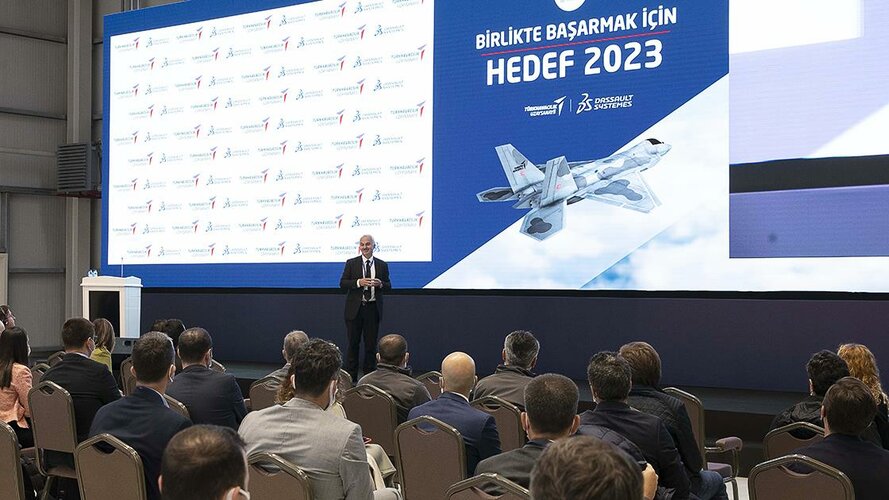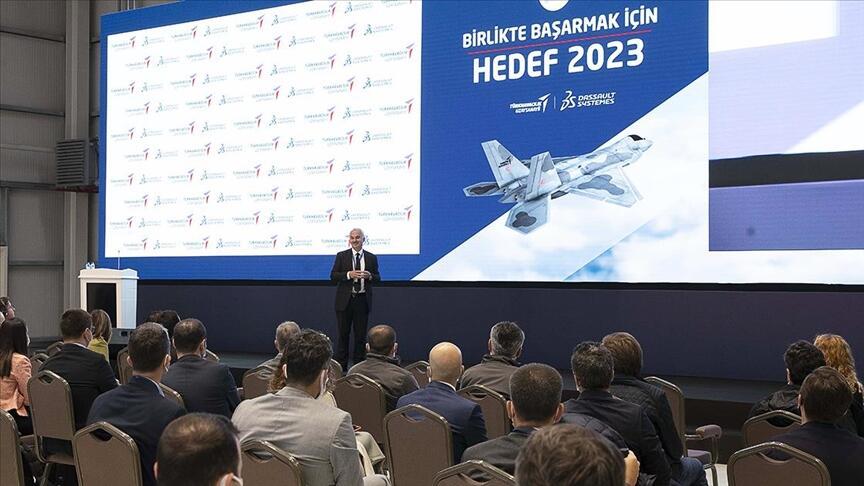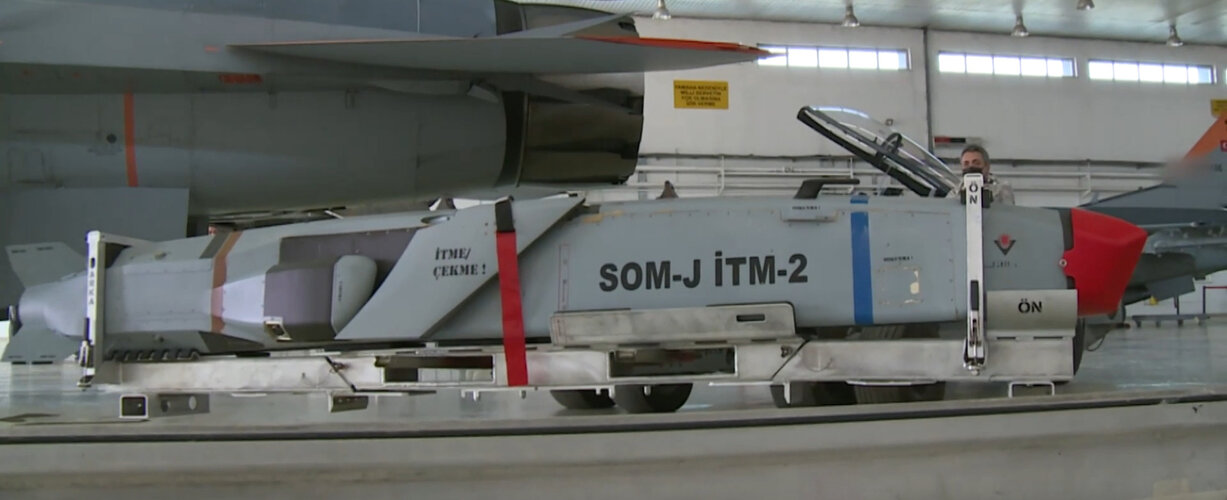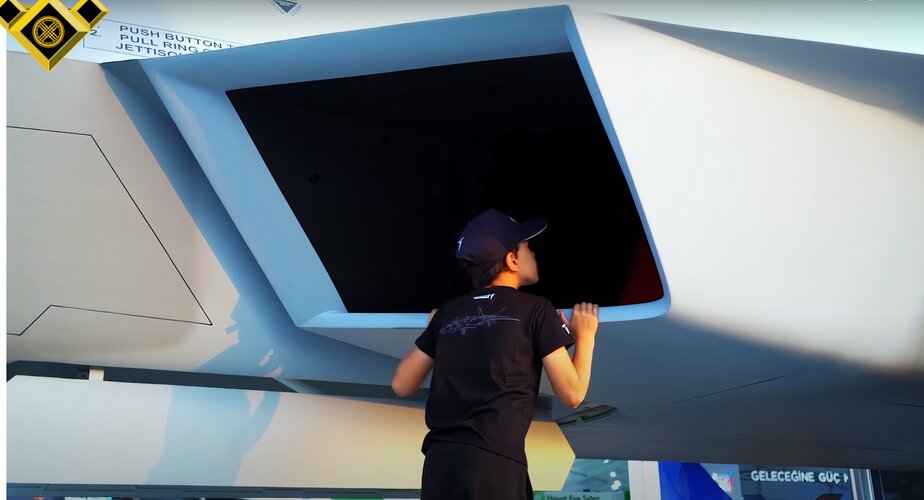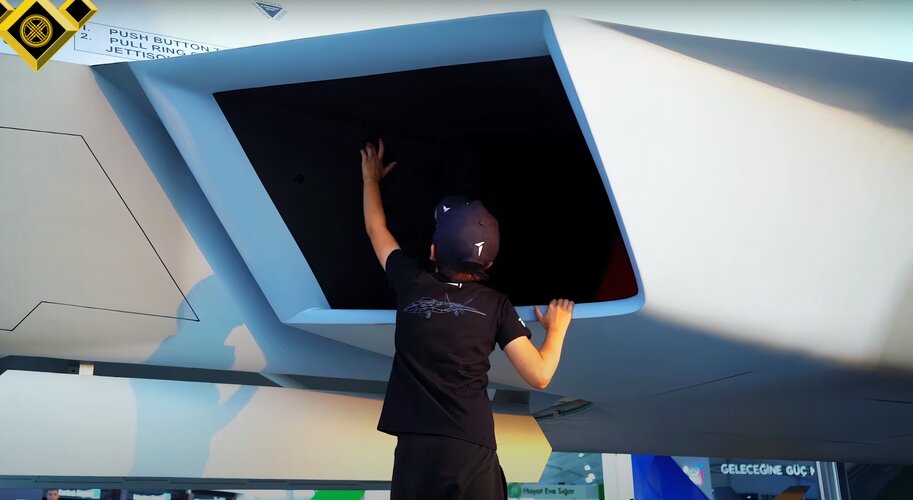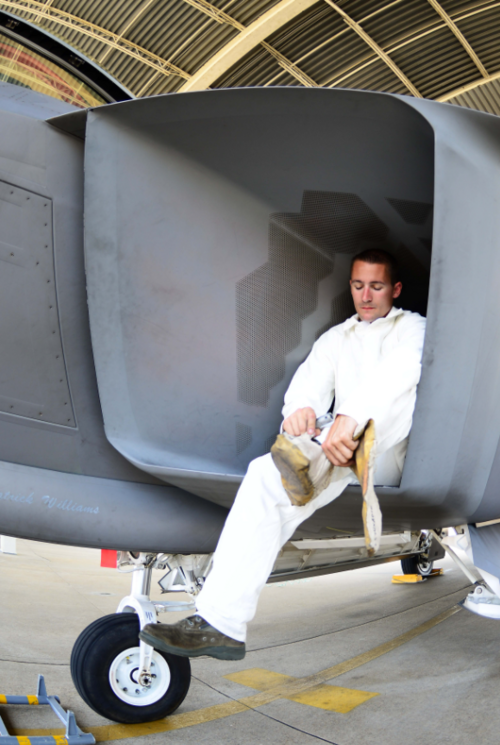Some subprojects of the TF-X Project;
1) Composite avionics chassis
Nanomaterial added composite avionics boxes will be used on TF-X
2) RAM Canopy and RAM coating of the canopy
3)Cognitive fighter behavior model
It will simulate the behavior of the fighter aircraft in simulations and lower the testing time.
4) LWIR Absorbing Paint
It will protect against IR guided missile
It will block EM waves that are created because of the friction in the heat-generating areas.
5) RAM Coating Modelling and Optimization
Electromagnetically modeling and optimization of radar absorbing multilayer thin film coating
6) Radar Absorbing Putty
It will be used between surface parts.
7)Nanomaterial added composites
Up to %60 increase in mechanical performance with the addition of graphene.
Next-generation structural parts that carry class 2 load
Resistant to lightning
Complies with LO
8) Production of big-sized structural parts with additive manufacturing
9)Methods of design optimization and aerodynamics
Ammunition drop and wing optimization
The adjoint method with SU2
10) Aerogel added, fire-resistant heat barrier
11) Production, welding, and gluing thermoplastic structural parts.
https://www.hurriyetdailynews.com/turkey-allows-qatar-to-deploy-36-warplanes-250-personnel-for-training-purposes-165971 I believe this is a good move. Especially since pretty much all our own jets are aging. Qatar is IMO going to help guard our skies. That in itself is proof of how messed up...

defencehub.live
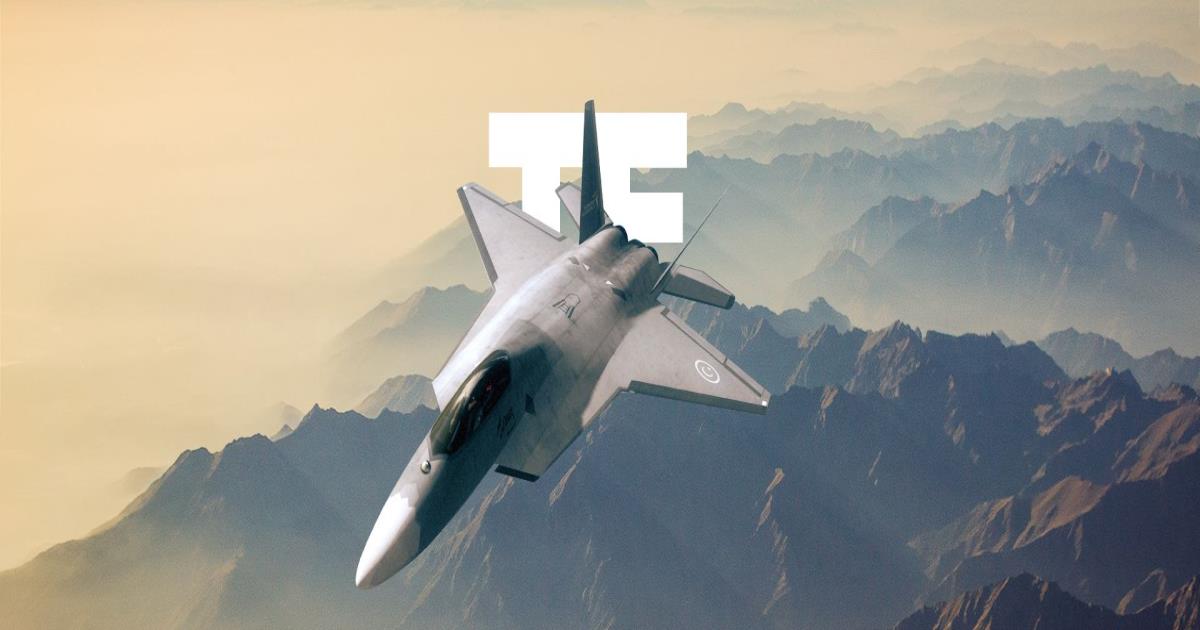
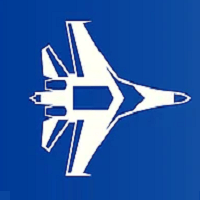 militaryleak.com
militaryleak.com

